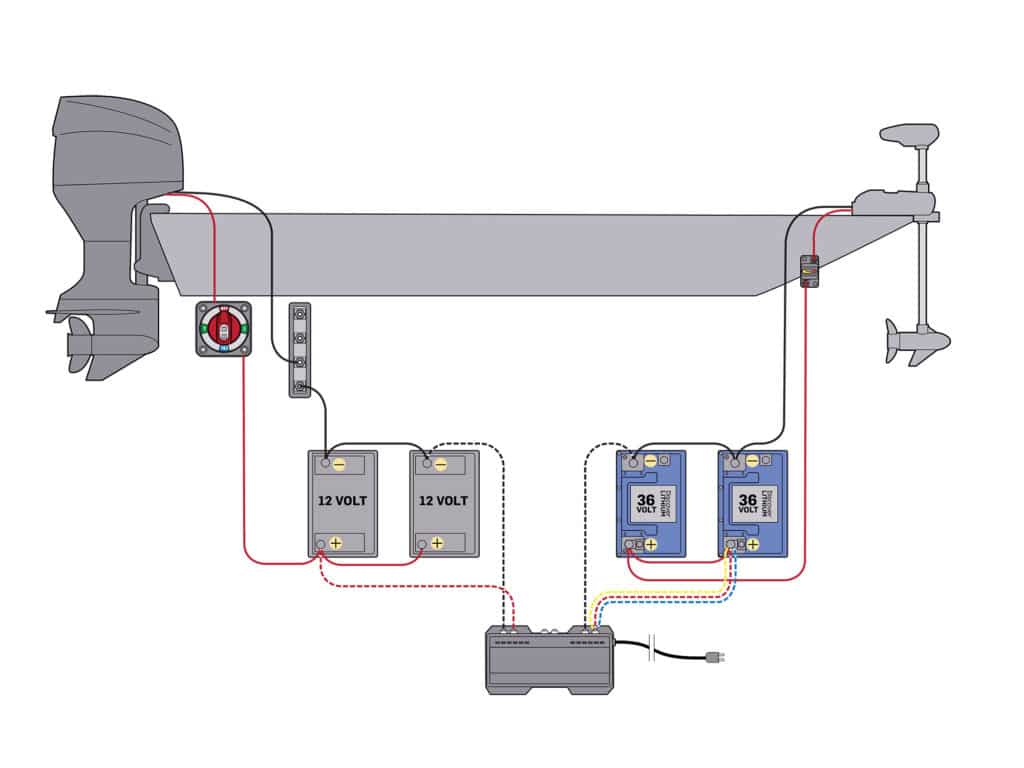
Marine lithium batteries represent a relatively new alternative to lead-acid batteries for creating an onboard house bank. The latest versions feature lithium iron phosphate (LiFePO4) chemistry, minimizing the risk of fire or explosion associated with older lithium-ion batteries.
With lithium batteries—available in 12-, 24-, 36- and 48-volt models—there’s no decline in power throughout the discharge cycle, and nearly 100 percent of the battery capacity is available. A lead-acid battery steadily declines in power and provides only 50 percent of its total capacity.
A lithium battery also weighs far less than a comparable lead-acid battery. In addition, it provides up to five times more charge cycles than comparable lead-acid AGM batteries. However, most lithium batteries are not suitable for use as starting batteries, and they are expensive, costing as much as $1,100 each— more than twice the cost of the same-capacity AGM banks.
For this project, we installed two Discover Lithium Blue DLB-G24-36V batteries (36 DC volts, 30 amp-hours each) in parallel for a combined capacity of 60 amp-hours. You can check the state of charge of these batteries with the Discover Bluetooth app on a mobile device. We also installed a JL Marine battery charging system that automatically diverts alternator power to the house bank or pulls from the house to charge the starting bank.
Skill Level: 2 of 5
Finish Time: Approx. 3 hours
Tools and Supplies
- Two Lithium Blue DLB-G24-36V batteries; 36 DC volts, 30 Ah ($1,080 each; battsys.com)
- Adjustable wrench
- Black and red marine cables
- Cable cutters
- Swaging tool for cable lugs
- Dielectric grease
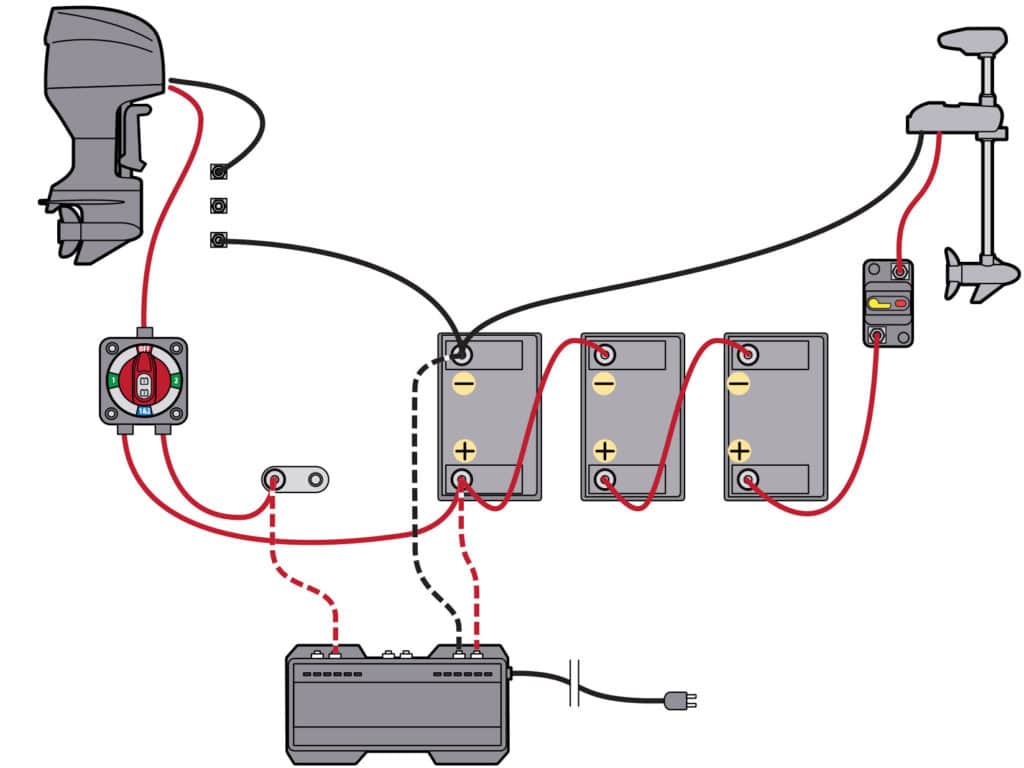
Unplug the onboard charger and turn off house circuits (for example, a trolling-motor circuit breaker). Remove the flooded-cell trolling-motor or house-bank batteries. Leave the main starting battery (or batteries) in place and connected. Most bass boats and bay boats have a crossover battery switch, which will tap one trolling-motor battery for assistance in a low-voltage starting-battery situation. Remove those bridge cables from the battery and switch, and set them aside.
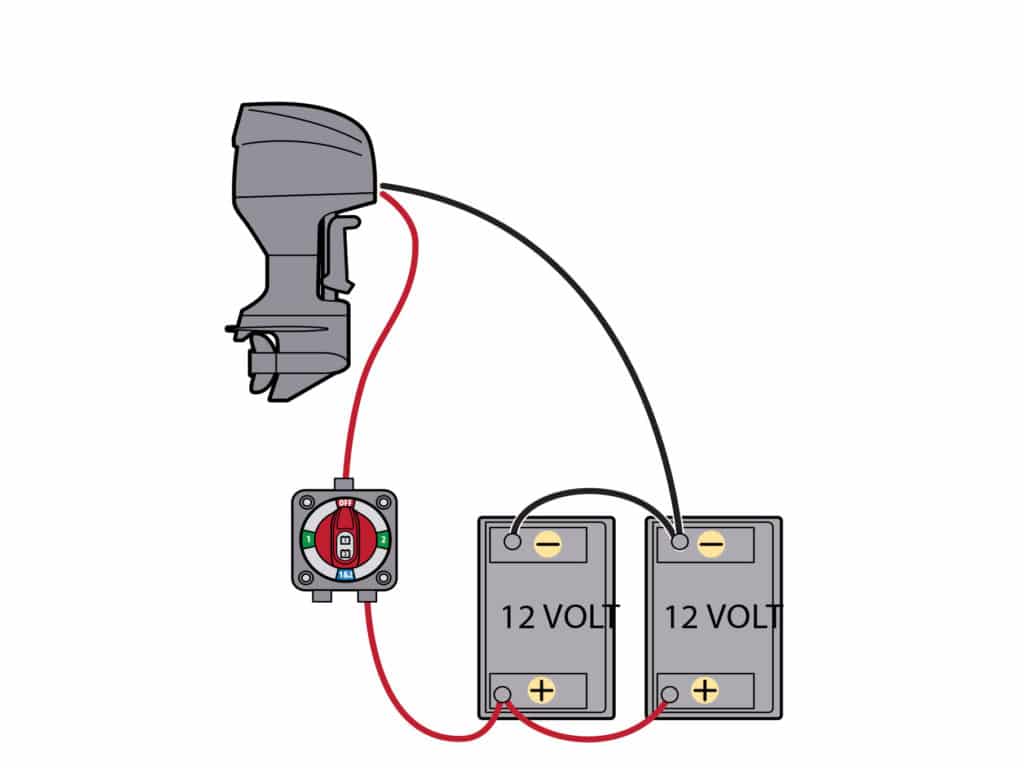
We added one of the AGM trolling batteries to the starting bank by connecting the black terminal to the black terminal and the red to red using the cables from the original setup. Then connect the red cable from the battery switch to the closest red start bank terminal. Next, connect the black start bank terminal farthest from the switch to the starter. A ground bar between is unnecessary and a source of problems. This parallel connection creates one large-capacity 12-volt starting bank.
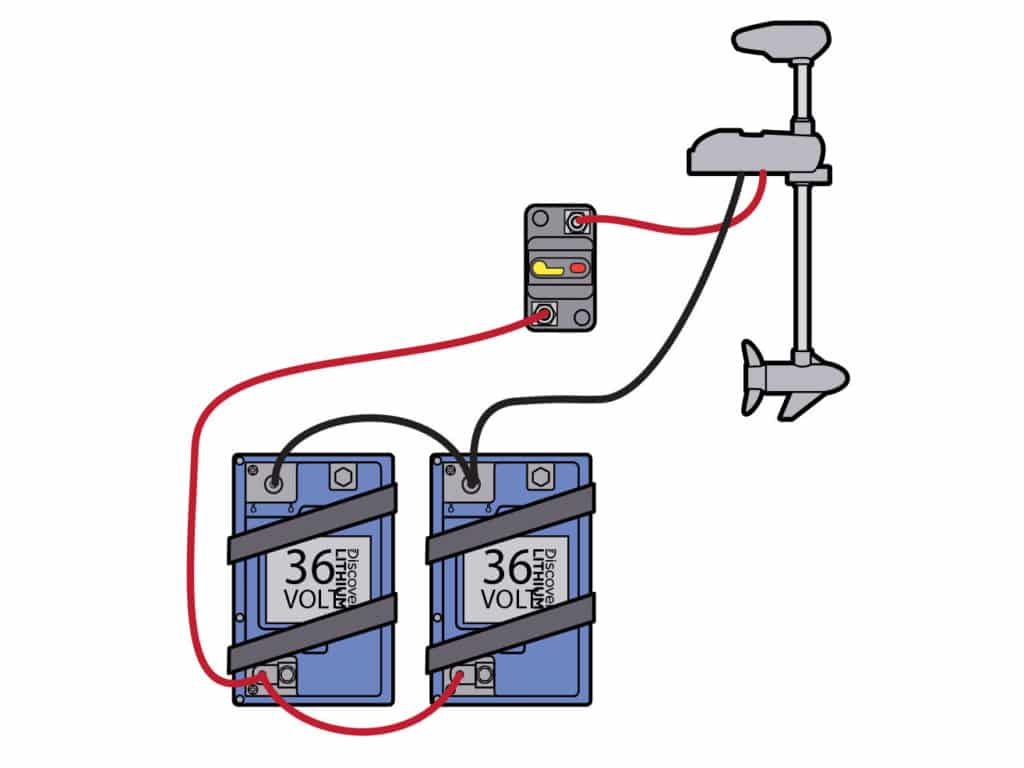
Strap down all batteries securely. Trolling-motor cables will go from the batteries directly to the trolling motor with a circuit-breaker switch in the red positive line. Forgo that circuit breaker at your peril, but be certain it is off during the wiring. Using the original cables, connect one red terminal to the next, and then connect the red wire from the breaker to the red terminal closest to the battery. Connect black to black, and connect the black trolling-motor lead to one black terminal.
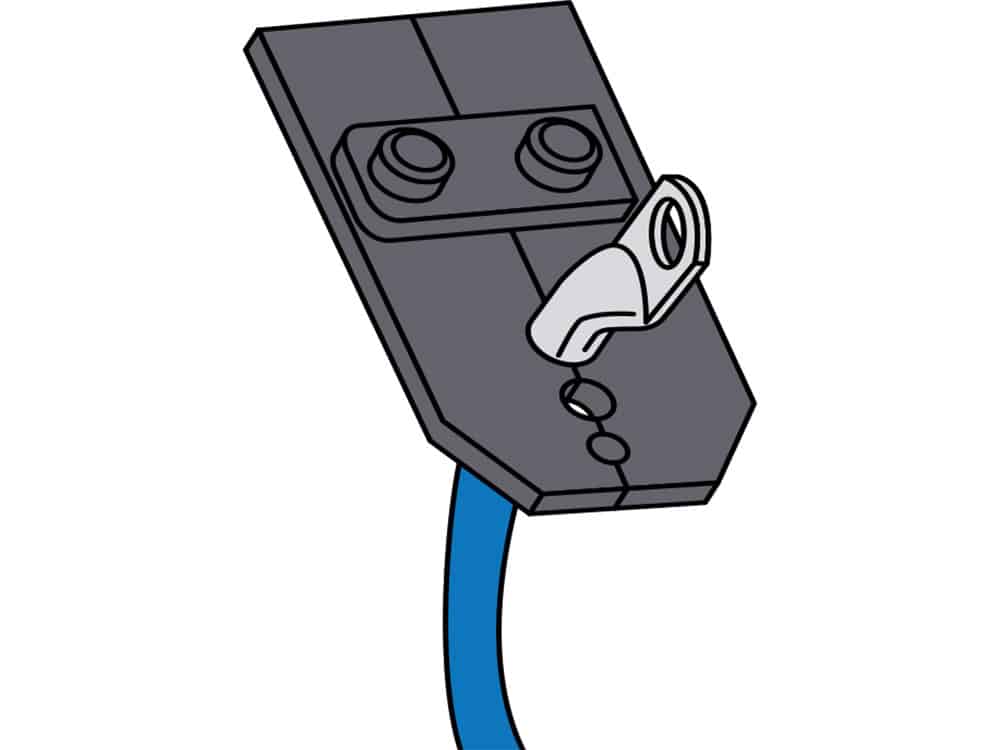
With all batteries strapped down and wired up, inspect the repurposed cables. They should be just long enough to make the connections. Cables too long add resistance to current and rob power. (And they make the job look sloppy.) On this install, some were three times the necessary length. We took them to West Marine, which had a cutter and crimper on a bench. We cut each cable to length and crimped on new terminals. The look is cleaner, and troubleshooting is easier.
Read Next: How to Create Proper Terminal Crimps
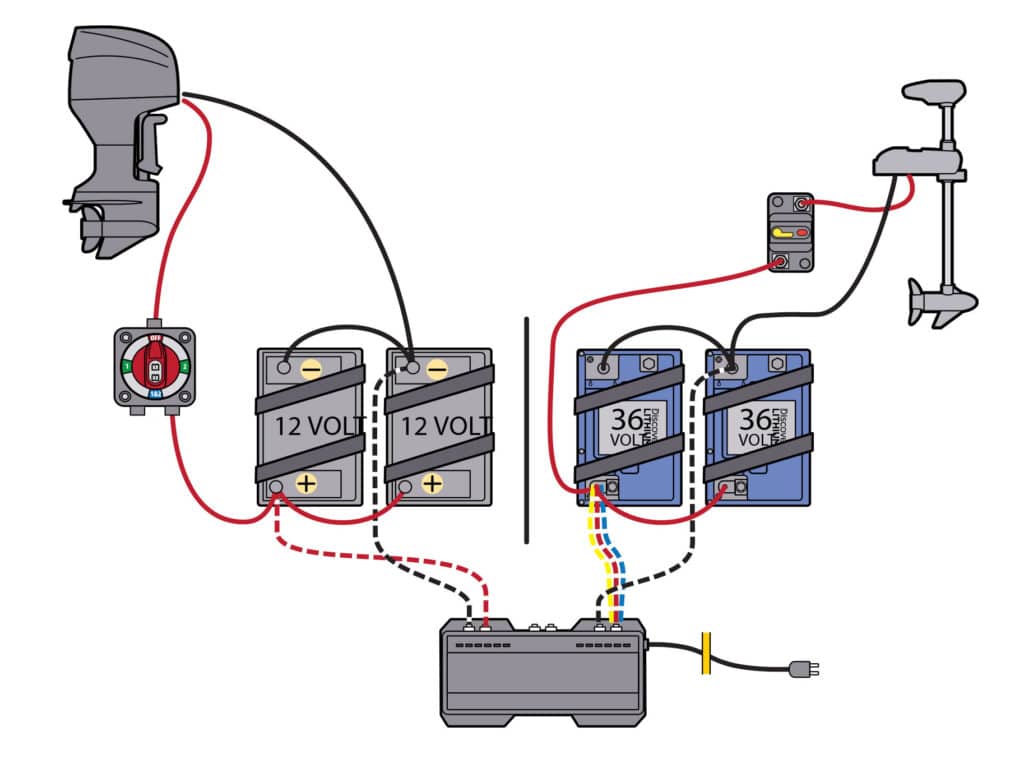
The only connection between the starter batteries and the house or trolling-motor batteries will be the charger. We connected one terminal to the dual-battery starter bank; the red, yellow and blue wires to the positive house bank; and the black wire to the negative terminal. Consult your charger manual for connections and the charging profile. The beauty of the JL Marine charging system is the Monster app that allows you to select charging profiles on a smartphone.









